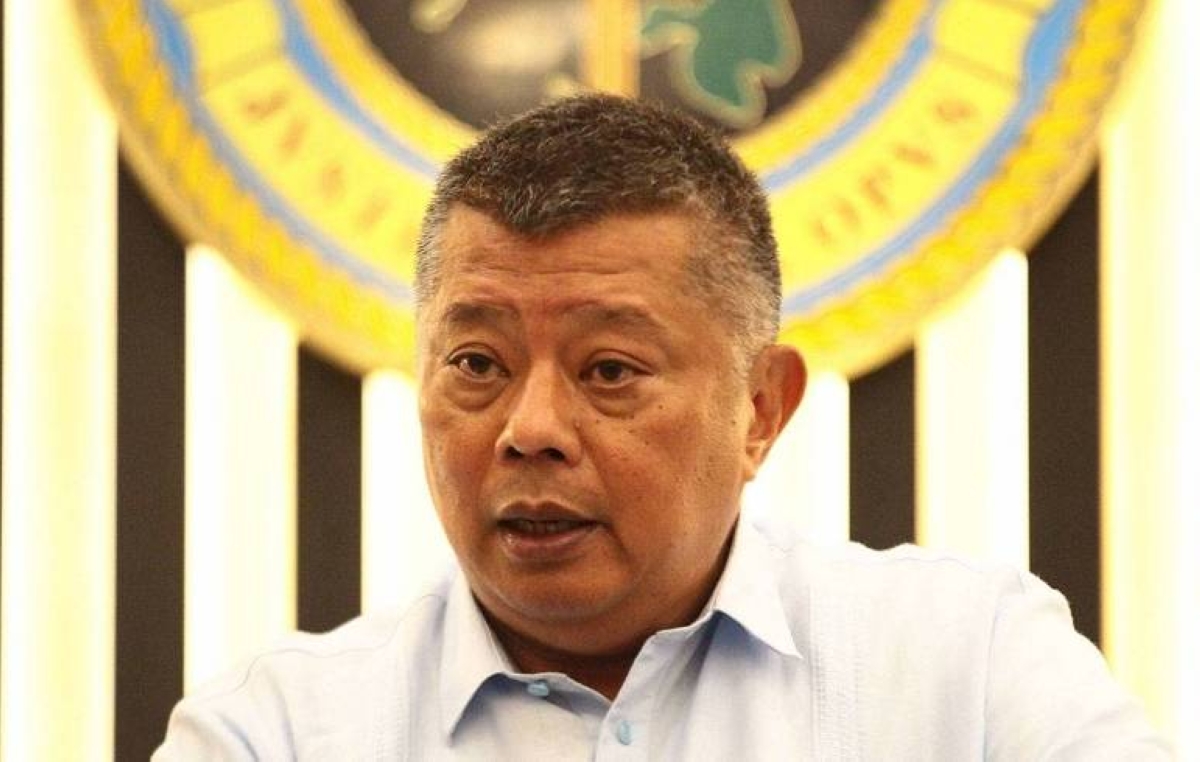The Release of PDLs
The release of these PDLs is part of the DOJ’s ongoing efforts to decongest the prison system and promote a more rehabilitative approach to criminal justice.
Partnerships and Support Services
To ensure a smooth transition for the released PDLs, the DOJ has partnered with various government agencies and non-governmental organizations (NGOs) to provide support services such as job placement assistance, skills training, and counseling.
Thorough Review and Eligibility
The decision to release nearly 800 PDLs was not made lightly. The DOJ conducted a thorough review of each case, considering factors such as the nature of the offense, the length of time served, and the behavior and rehabilitation efforts of the individuals. Only those who were deemed low-risk and had demonstrated genuine remorse and commitment to change were eligible for release.
Addressing Prison Overcrowding
The release of these PDLs is a significant step towards addressing the issue of prison overcrowding in the country. Overcrowded prisons not only pose a threat to the safety and well-being of inmates but also hinder the effective implementation of rehabilitation programs.
Investing in Preventive Measures
However, the release of PDLs should not be seen as a solution in itself. It is crucial for the government to invest in preventive measures and alternative forms of punishment to reduce the number of individuals entering the criminal justice system.
Rehabilitation and Reintegration Programs
To achieve successful rehabilitation and reintegration, the Department of Justice has implemented various programs and initiatives aimed at equipping PDLs with the necessary skills and knowledge. These include vocational training programs, educational opportunities, counseling services, and job placement assistance.
Importance of Acceptance and Support
Secretary Remulla stressed the need for society to be more accepting and supportive of individuals who have served their time and are seeking to reintegrate into society. He urged employers, community leaders, and the general public to give these individuals a second chance and to judge them based on their actions and efforts towards rehabilitation.
Collaboration with Non-Governmental Organizations
In addition to the efforts of the Department of Justice, various non-governmental organizations and community-based initiatives have also played a crucial role in supporting the rehabilitation and reintegration of PDLs.
Rehabilitation and Reformation Programs
To further address the issue of congestion and promote the successful reintegration of PDLs, the Department of Justice and the BuCor have implemented various measures. One such measure is the establishment of rehabilitation and reformation programs within the prison facilities.
Job Placement and Community Support
In addition to these rehabilitation programs, the BuCor has also collaborated with various government agencies and non-governmental organizations to create job placement programs for released PDLs. Moreover, the BuCor has established partnerships with community organizations to provide support and guidance to released PDLs.
A Holistic Approach to Criminal Justice
In conclusion, the release of PDLs and the implementation of various rehabilitation and reformation programs are part of a comprehensive strategy to address congestion in prisons and detention centers while facilitating the successful reintegration of PDLs into mainstream society.
Addressing the Root Causes of Criminal Behavior
One key aspect of this approach is the implementation of evidence-based programs and interventions that target the specific needs and risk factors of individuals involved in the criminal justice system. These programs may include cognitive-behavioral therapy, substance abuse treatment, vocational training, and educational programs.
Collaboration and Community Involvement
Furthermore, this holistic approach recognizes the importance of collaboration and coordination among various stakeholders in the criminal justice system. This includes law enforcement agencies, correctional institutions, social service providers, community organizations, and the judiciary.
The Role of Communities
Another crucial aspect of this approach is the recognition of the role of communities in the criminal justice process. Community involvement and engagement are essential for successful rehabilitation and reintegration.
Summary
In summary, the holistic approach to criminal justice goes beyond punitive measures and focuses on rehabilitation, reintegration, and addressing the root causes of criminal behavior. It involves evidence-based programs, collaboration among stakeholders, and community involvement.
Source: The Manila Times








